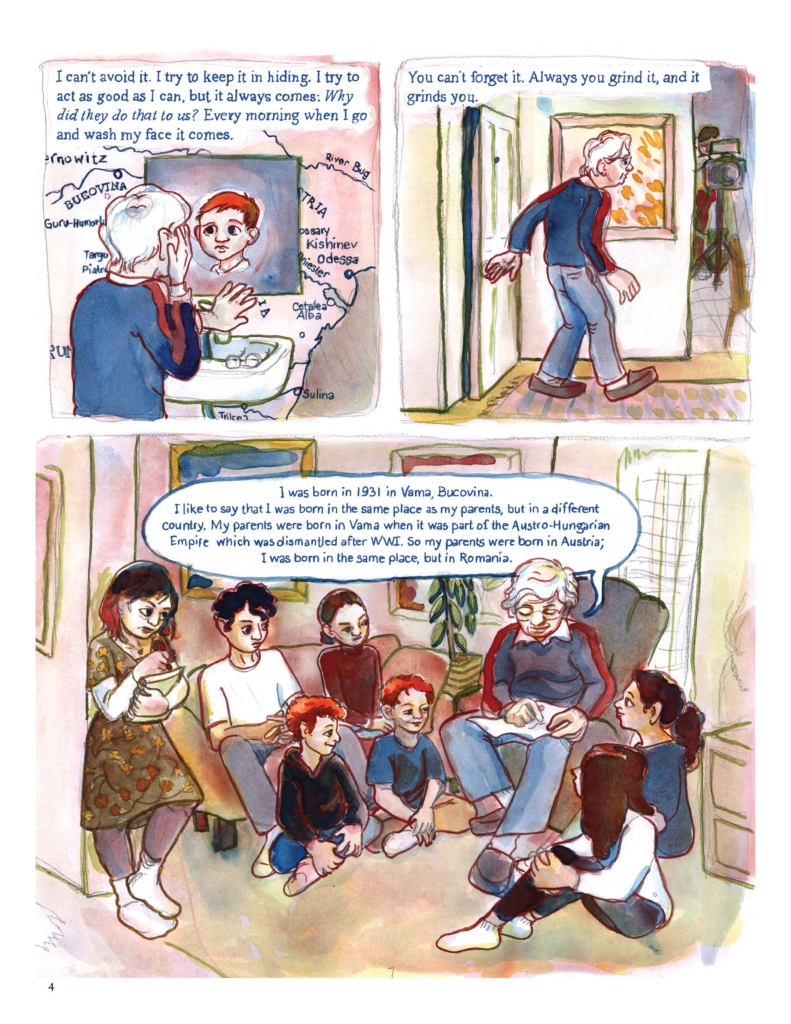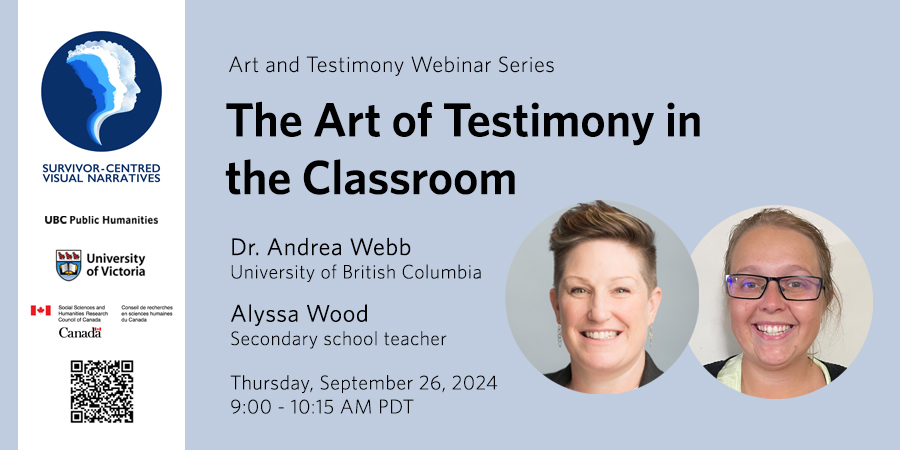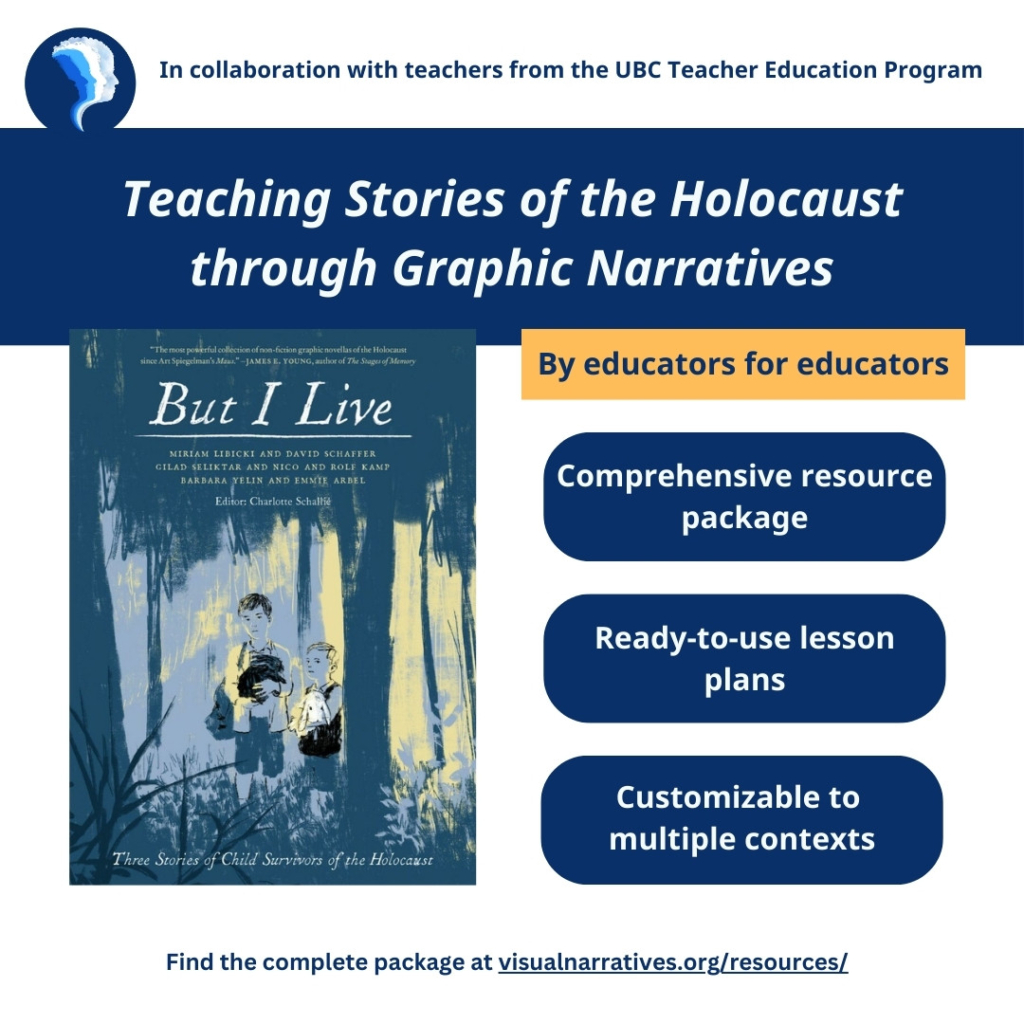Enhancing High School Holocaust Education with Graphic Narratives
Teaching the Holocaust and other mass atrocities is one of the most important, yet challenging, responsibilities educators face. The weight of history, the complexity of events, and the emotional intensity surrounding the topic often leave teachers unsure of how best to approach it with their students. To support this challenge, Dr. Andrea Webb, co-director of the SCVN project, has collaborated with teachers from the UBC Teacher Education Program to develop a comprehensive resource package for Holocaust education.
This package is designed to empower educators with the confidence and knowledge they need to bring Holocaust education into their classrooms effectively. It centers around the publication ‘But I Live: Three Stories of Child Survivors of the Holocaust,’ a graphic narrative that recounts the real-life experiences of Holocaust child survivors. Through the medium of graphic storytelling, these resources make the historical trauma of the Holocaust accessible to students of various ages, encouraging empathy and deeper understanding.
Graphic Narratives as Educational Tools
The use of graphic narratives, such as those in ‘But I Live,’ provides a unique opportunity to engage students in Holocaust education. The visual storytelling medium and focus on individual survivors’ lives fosters a connection with the material in a way that text alone often cannot, making complex and emotional histories relatable and understandable. By integrating these narratives into lesson plans, educators can support students in navigating the challenging emotional landscape of Holocaust learning.

Expanding Access with French Translation
To further extend the reach of this resource package, UVic student Jacqueline Rutherford is currently working on translating the materials into French under the supervision of Catherine Léger. This translation will ensure that French-speaking educators and students can also benefit from these tools.
As schools continue to prioritize critical and compassionate education around difficult histories, resources like these provide the support and guidance educators need to approach the subject with care, accuracy, and empathy.
Related News
As part of our 2024 Art & Testimony webinar series, Dr. Andrea Webb joined secondary school teacher Alyssa Wood for a conversation about bringing survivor testimony into the classroom through graphic narratives. Watch the complete webinar series on the UBC-V Public Humanities Hub Youtube Channel.


